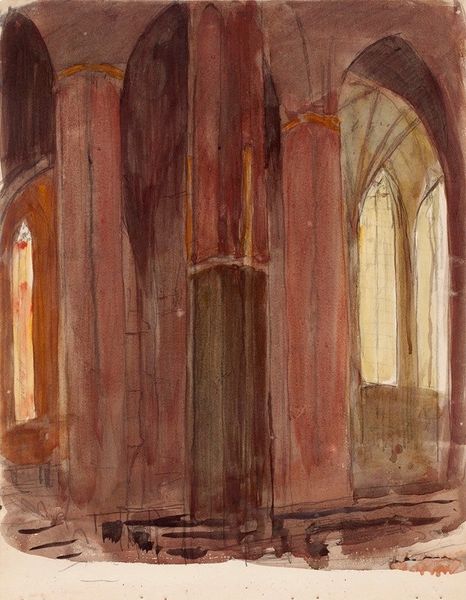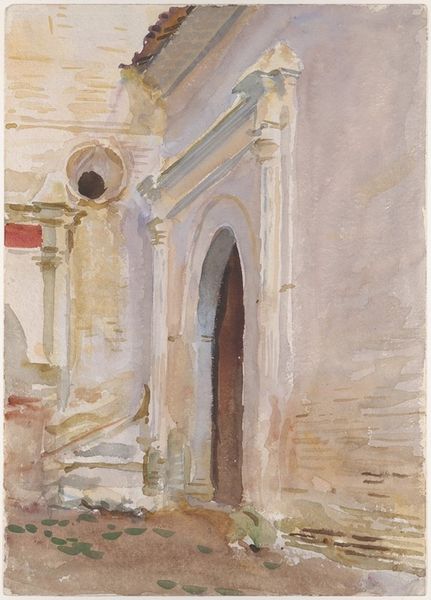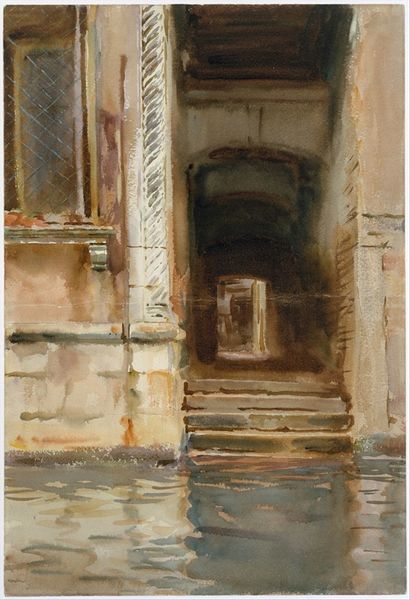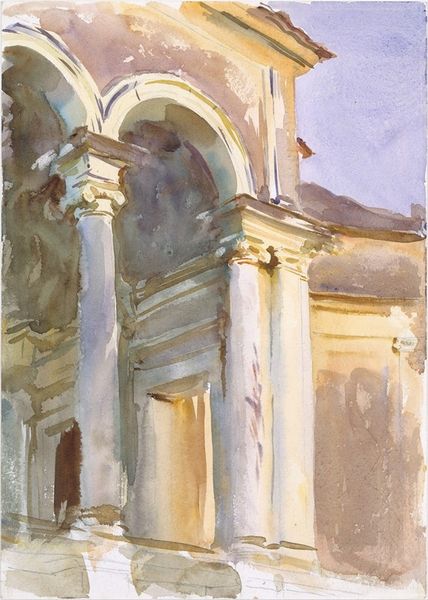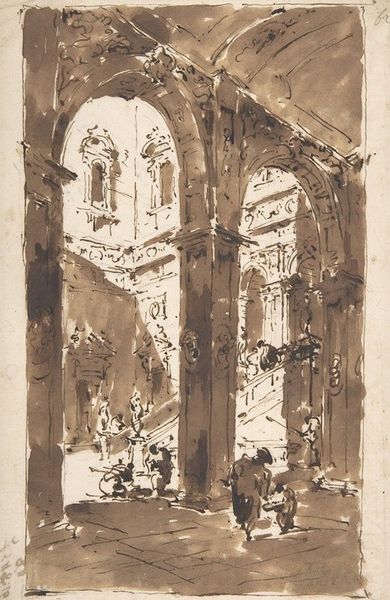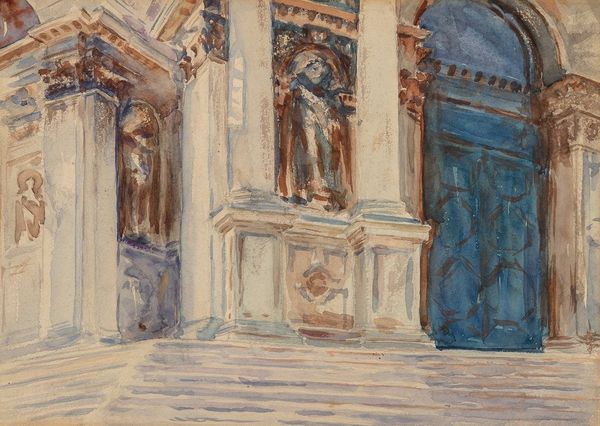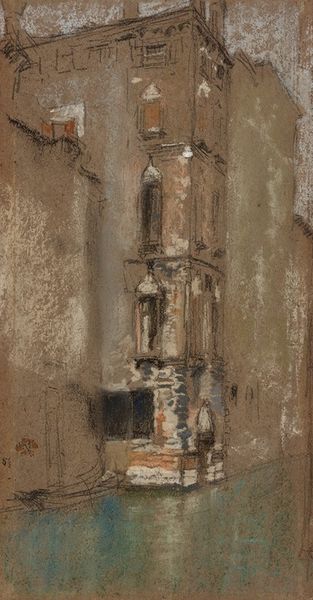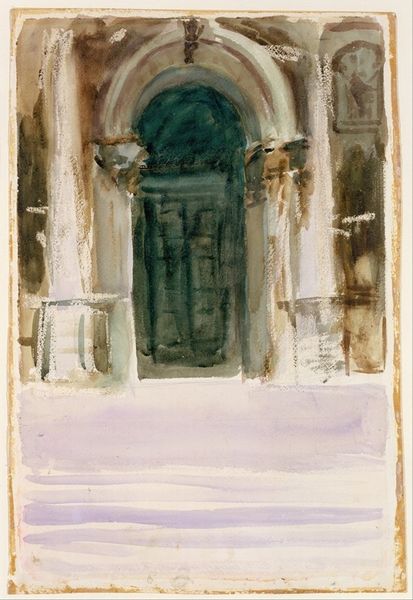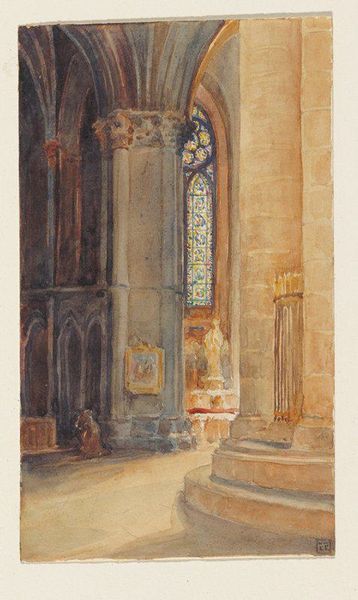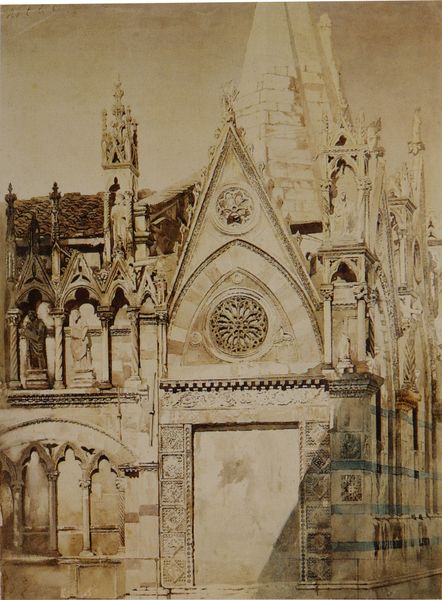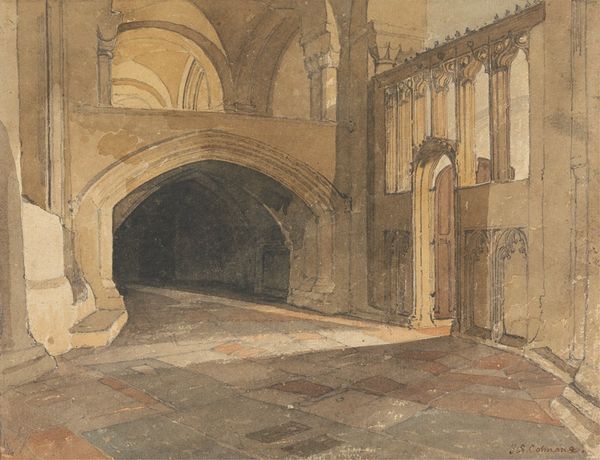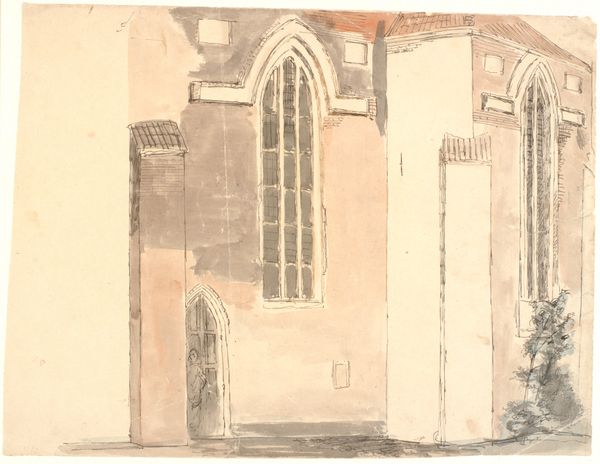
painting, oil-paint, architecture
#
painting
#
impressionism
#
oil-paint
#
landscape
#
oil painting
#
cityscape
#
watercolor
#
architecture
Copyright: Public domain
Editor: So, this is Telemaco Signorini’s oil painting, “The Cathedral at Siena.” It’s a stunning architectural study. It's really interesting how he uses light to capture the textures of the stone. How do you interpret this work? Curator: What strikes me is the way Signorini situates the cathedral, an icon of established power and faith, within a broader societal landscape. Consider the historical context of Siena: a city-state with a long history of both immense wealth and devastating plague. The cathedral represents not just religious devotion but also civic identity, born out of competition with rival city-states. Does Signorini celebrate this legacy or subtly question it? Editor: That’s interesting. I hadn’t thought about the tension between civic pride and the cathedral's role. How can the painting inform Signorini's personal beliefs and commentary of social norms? Curator: Consider Signorini's involvement with the Macchiaioli movement, known for its progressive social views and a focus on capturing everyday life outside academic artistic boundaries. Might he be subtly challenging the dominance of the Church and its architectural manifestations through his unconventional painting style? The unconventional brushstrokes seem to soften its imposing form, bringing the imposing religious authority back to the material world. What feeling do you get from it now? Editor: Seeing it through that lens, I notice the painting's intimacy. It's a small, personal view of this imposing structure. It almost seems to humanize this monumental building. Curator: Exactly. It invites a dialogue between the individual and institution, and the politics inherent to that interaction. Editor: This painting becomes so much more complex! It’s not just a pretty picture; it’s a statement on power and society. Curator: Precisely. By considering historical and social context, we discover the artwork's depth.
Comments
No comments
Be the first to comment and join the conversation on the ultimate creative platform.
